Animator DeeKay Kwon’s work lives in the details: the flick of a character’s wrist, the bounce of a pixel-perfect motion, the softness of a street scene shaded in pink and orange light. His animations may be short, but they’re never simple. Each frame is hand-tuned for rhythm, balance, and—perhaps most importantly—emotion.
Born in South Korea and now based in California, DeeKay brings both technical mastery and human resonance to every frame. With more than a decade of motion design experience at Google and Apple, DeeKay stepped into the world of digital fine art to tell, as he describes it, stories that were his own. His style, shaped by retro video games and clean composition, has become one of the most recognizable in web3.
In late 2024, DeeKay shared a personal post about creative burnout and losing momentum. “No energy, no desire to create, no motivation, nothing,” he wrote. That vulnerability made his return all the more powerful. In May 2025, his newest piece, “Day and Night,” lit up the Sphere in Las Vegas. Shortly after came his recognition at the inaugural Digital Art Awards in London, where he received a $10,000 USDC commission for his animated loop “Hands of Time,” a quietly powerful meditation on the passage of time, which Christie’s auctioned in May 2024.
Ahead, we spoke with DeeKay about how it all started, what keeps him creating, and how he balances sharing his personal stories publicly through art.
OpenSea: What initially drew you to the world of animation? How did that segue into NFTs?
DeeKay: Animation felt like magic to me from the very beginning. The idea of taking something still and bringing it to life was powerful. It let me express emotions that words couldn’t. I started my career in motion design, working for big companies like Apple and Google, which gave me great experience, but deep down, I always felt a creative void.
So even while I was juggling client work, I kept making personal pieces on the side. That was my way of staying connected to what I loved. When NFTs came into the picture, it was the first time those personal works could actually be shared and collected as art. It gave my animations a place to live beyond the internet. That shift changed everything for me.
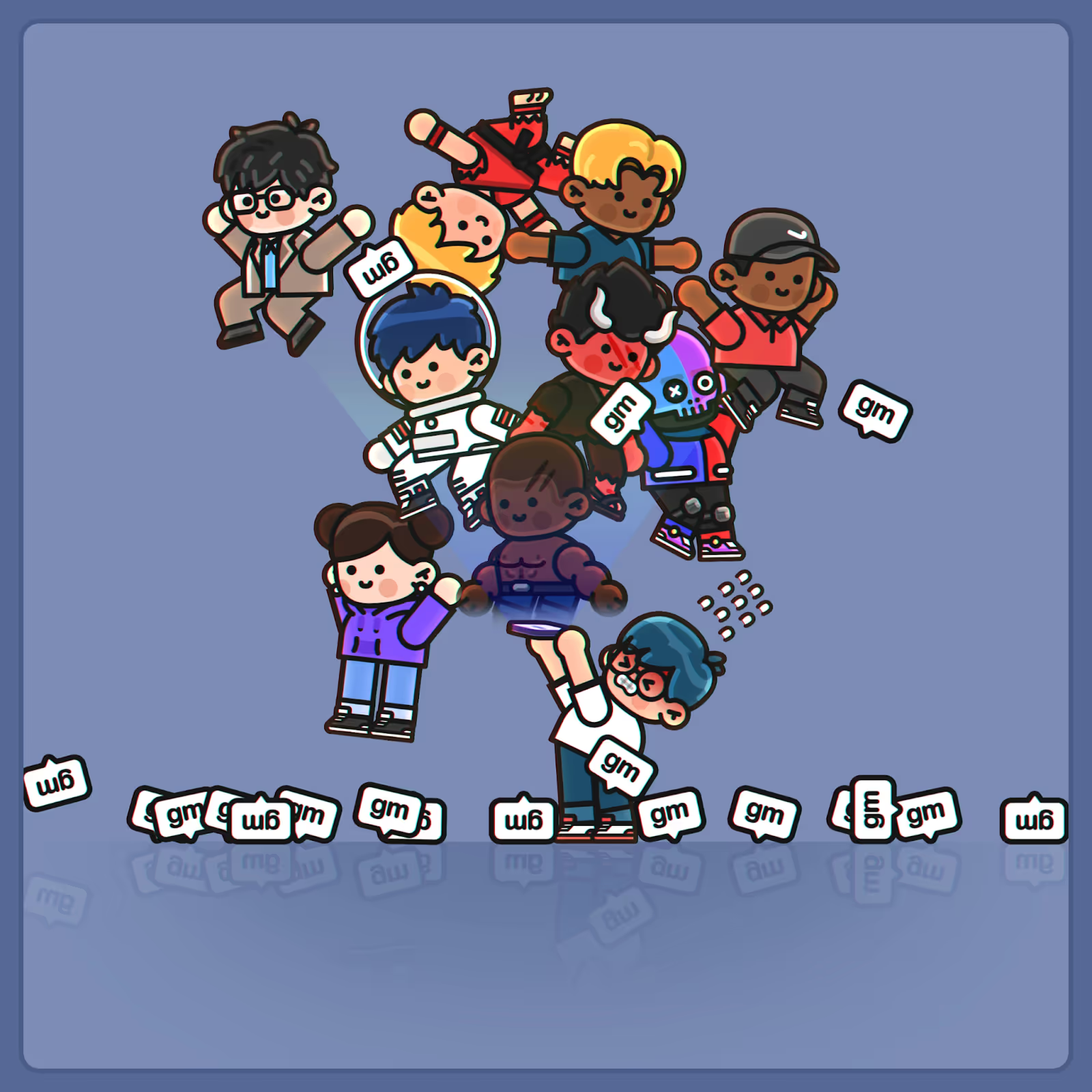
OpenSea: Can you share a little bit about your practice? What tools and platforms do you use?
DeeKay: My go-to tools are After Effects and Illustrator, and sometimes I use 3D depending on what the piece needs. My process is pretty hands-on. I care a lot about timing, mood, and making something that feels alive, so I keep the workflow focused.
In terms of platforms, I’ve minted on SuperRare, Foundation, Manifold, and done curated drops through Christie’s and Sotheby’s. I don’t stay loyal to any one platform. What matters most to me is whether the platform supports the art and the artists behind it.
OpenSea: When working across such varying kinds of environments, commissions, and institutions—what makes you feel most seen and supported as an artist?
DeeKay: I feel most supported when people trust my vision and give me room to create freely, whether it’s a brand, a platform, or a collector. That freedom is everything.
OpenSea: What’s your usual starting point—an idea, an algorithm, a visual concept?
DeeKay: It always starts with a feeling. That could come from a memory, a question I’m asking myself, or even a moment I want to preserve. I usually jot down the idea or sketch something small, then jump into animation to find the rhythm. For me, timing is everything, that’s what makes the emotion hit.
I don’t really let the technical side lead the way. The feeling comes first, and everything else follows.
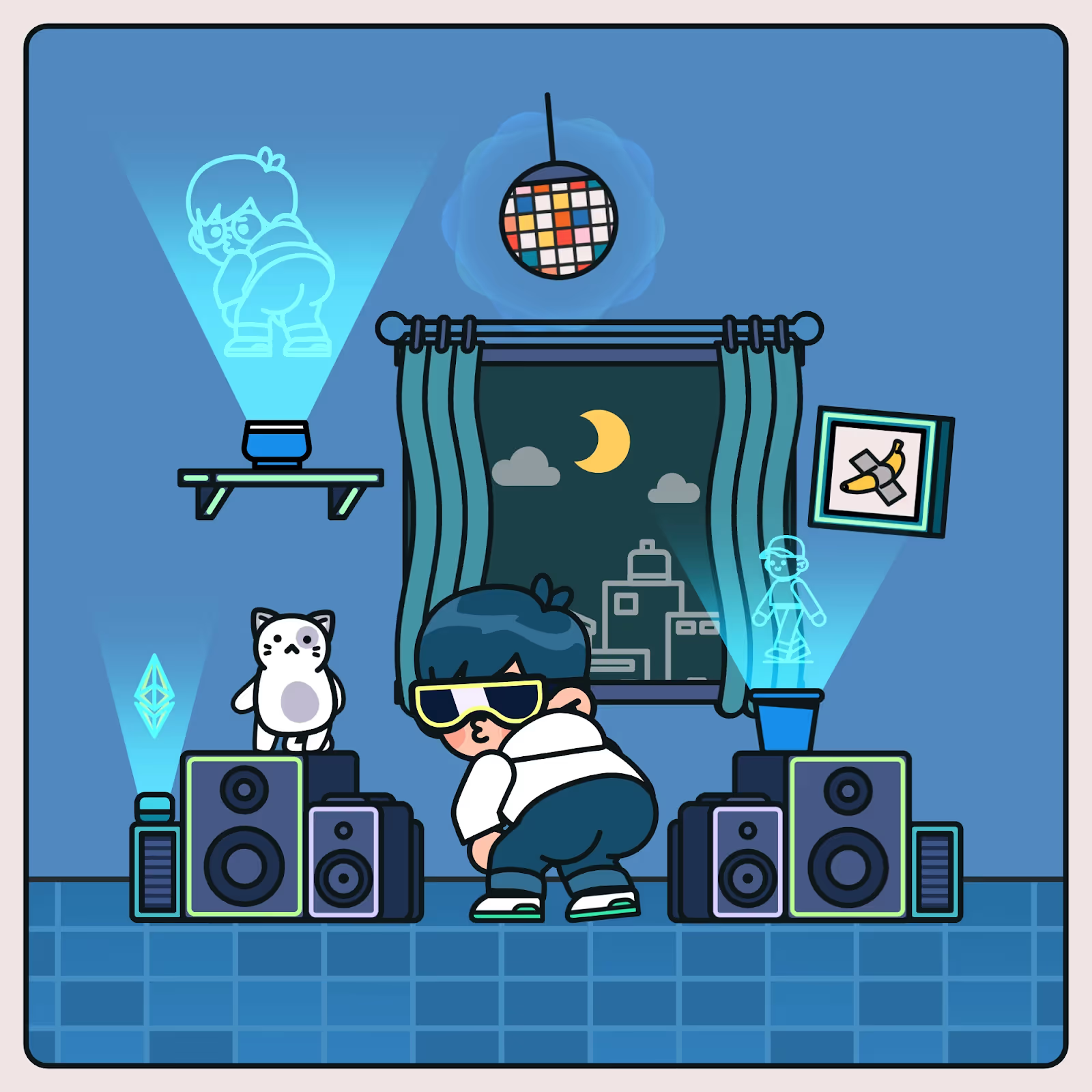
OpenSea: Your animation “Hands of Time,” which you released in 2024, beautifully distills the emotional highs and lows of a human life into a simple looping sequence. What did winning the Digital Art Award one year later teach you, or maybe reaffirm, about what moving image storytelling can express?
DeeKay: “Hands of Time” was a deeply personal piece for me. I wasn’t trying to win anything. I just wanted to capture the emotional rhythm of life, how it passes us by in moments, both beautiful and heartbreaking. But most importantly, I wanted to express that life goes on just way too fast and we don't let ourselves really acknowledge our lives.
Winning the award reminded me that when something comes from a real place, people feel it. It reaffirmed that digital animation, especially loops, can be just as emotional and timeless as any painting or sculpture. The loop itself became the message that life doesn’t stop, it just keeps going in cycles. That’s what I love about the format, and that’s what keeps me coming back to it.
OpenSea: More recently, your “Day and Night” animation on the Las Vegas Sphere captured two very different moods. What was the process like designing something for a space that large and public?
DeeKay: Designing for the Sphere was a totally new challenge. I had to think about how the work would feel at a massive scale, out in the real world. I wanted to create something simple but emotionally resonant that anyone walking by could connect with.
OpenSea: Jumping back to March, “Hwatu Harmony,” your Art Basel Hong Kong drop, is a 30-second animation about a traditional Korean card game your family plays. You’ve said the piece helped bridge generational gaps between you and your parents. Why did this feel like the right story to bring to Art Basel?
DeeKay: During a tough time, I took a break to be offline and spend time with my family. We played “Hwatu” every day, despite the generational gap, it brought us together through laughter and connection. The game also has a strong Asian visual aesthetic, and I felt it would resonate with many, simply because it’s so beautiful to look at.
OpenSea: “Hwatu Harmony” also marked your first time combining physical prints with digital work using NFC chips. How did it feel to watch people interact with your art in real life? Do you see more of that hybrid direction in the future?
DeeKay: Watching people physically interact with the work was really special. It made the piece feel more alive and grounded, and I’m definitely excited to explore more of that hybrid direction moving forward.
OpenSea: You've been open about creative burnout and the emotional cost of your work. Now that you're back in a more public rhythm, how are you protecting your energy differently? Has your relationship to making art changed?
DeeKay: I’ve learned to be more mindful with my time and energy now. Not everything needs to be shared right away. My relationship with art is less about chasing the next thing and more about creating with intention.
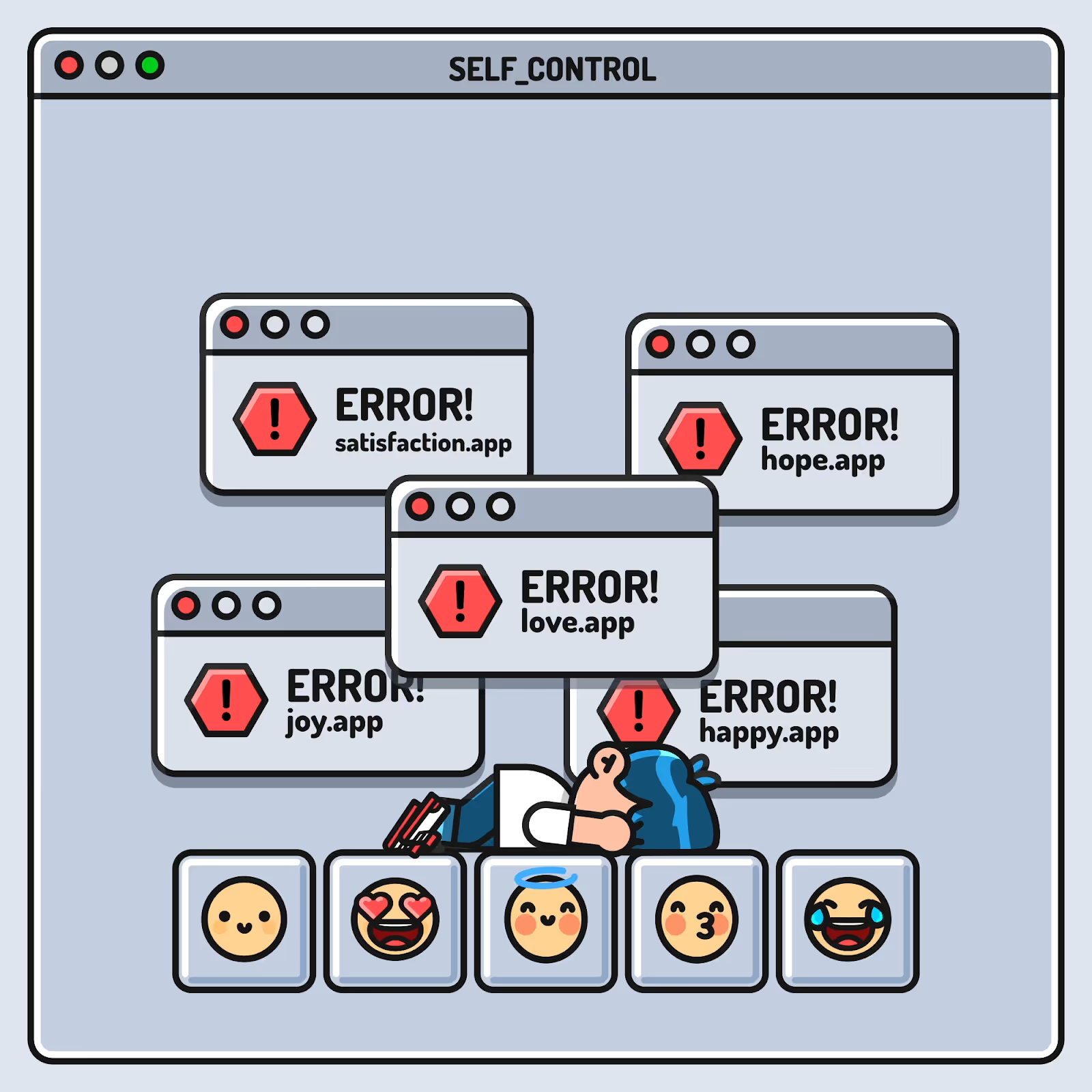
OpenSea: Motion artists are starting to gain more visibility in the fine art world. What do you think is helping shift that perception? And what do you think still needs to change?
DeeKay: The world is slowly catching up to the fact that motion art is art. But we still need more spaces, collectors, and institutions that recognize it beyond novelty or trend.
OpenSea: You've said “art is for everyone.” How do you balance that belief with the exclusivity of 1/1 editions and high-value drops.
DeeKay: When I say “art is for everyone,” I’m talking about the experience of art itself and not the exclusivity of high-value editions. To me, it’s a simple but philosophical belief: art should be felt, not explained. The most honest reaction happens within seconds, without anyone telling you how to feel. You don’t need to be taught how to appreciate it. Art should transcend background, culture, or education — it belongs to everyone.

OpenSea: How do you know a work is finished? Do you find yourself continuously revising or tweaking your work, or do you reach a clear stopping point?
DeeKay: I tweak a lot, sometimes too much. I’ll go through dozens of versions just to get the timing or color just right. But eventually, there’s this moment where the piece feels like it says what I wanted it to say.
I don’t believe in perfection, and I’ve learned to embrace the little imperfections that give the piece personality. When I can watch it and still feel something—that’s when I know it’s done.
OpenSea: What's inspiring you right now? Where are you drawing creative energy from?
DeeKay: I draw creative energy from peace. It’s not easy to find, especially with so many schedules and deadlines, but I’m being mindful and doing my best to stay balanced. Even doing nothing holds meaning, that stillness often sparks creativity for me. As I get older, I used to think happiness was everything, but I’m slowly realizing that peace is what truly matters.
.avif)


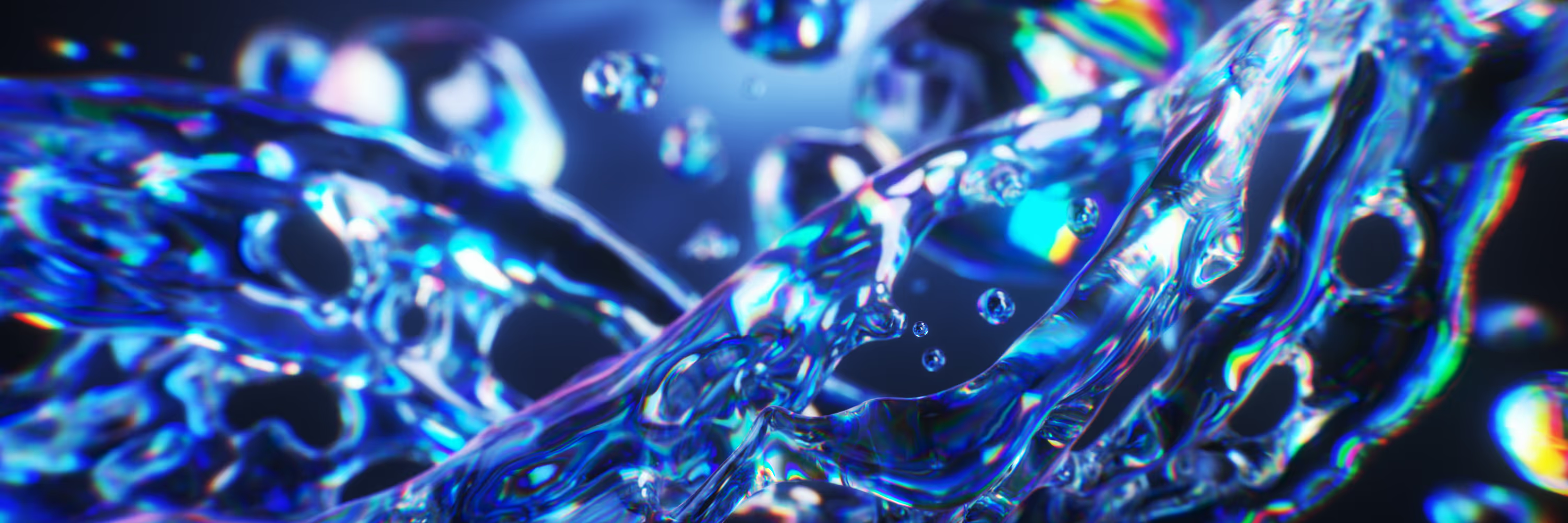
.avif)
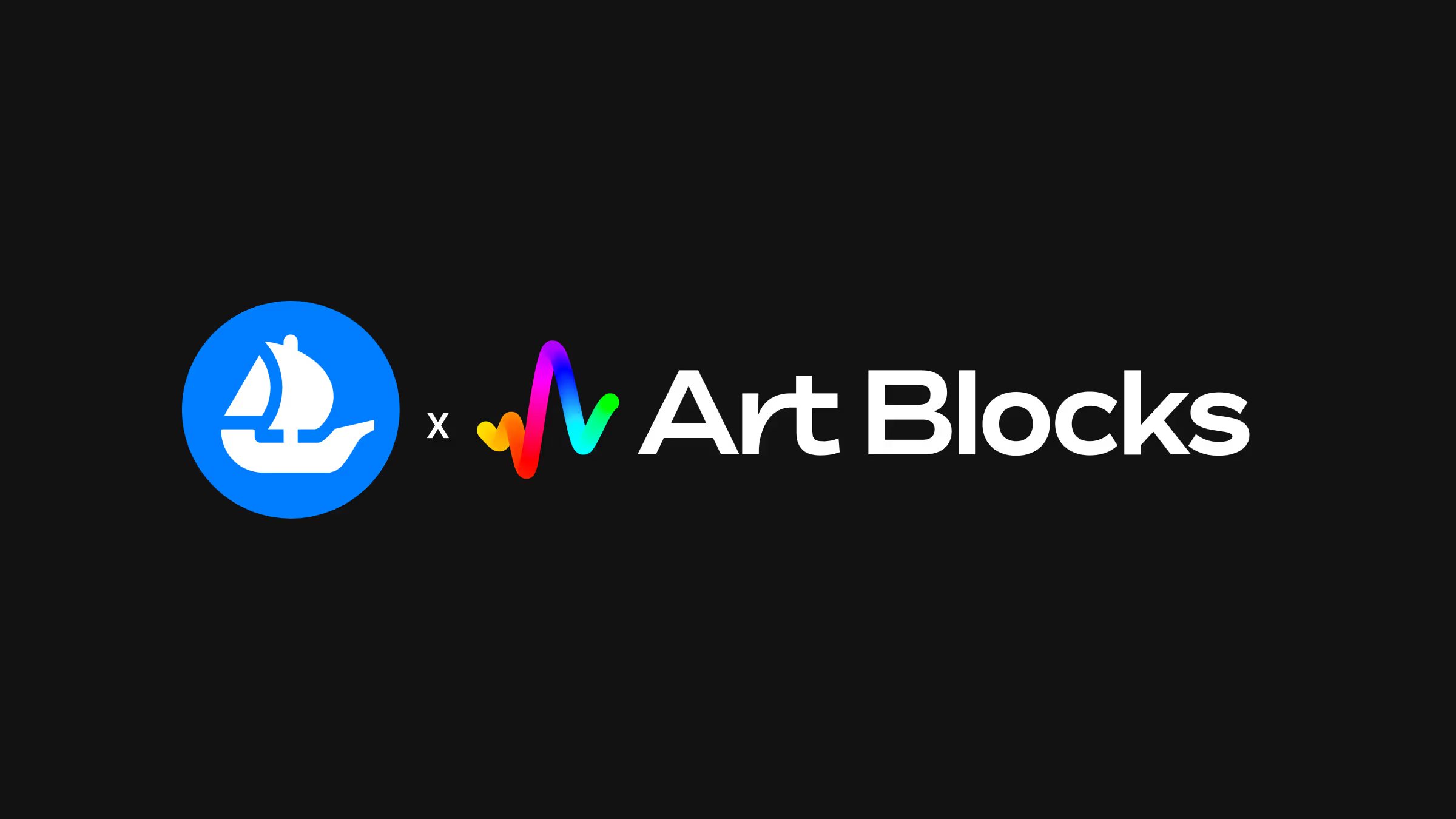

.png)
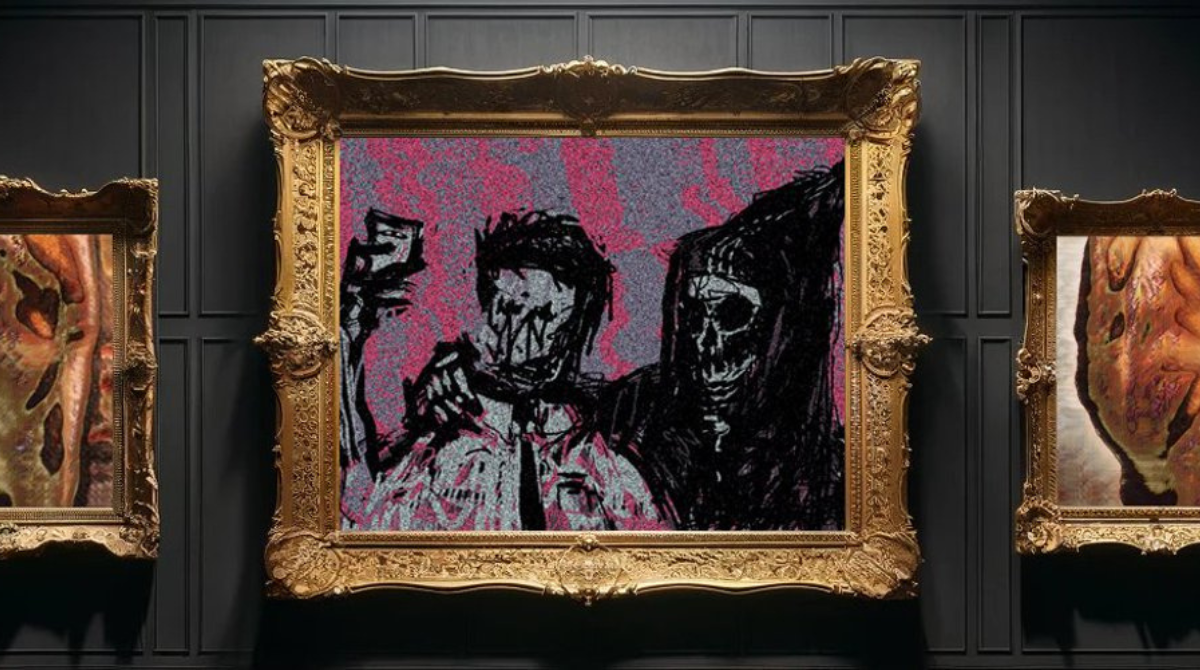


.png)
.png)
.png)